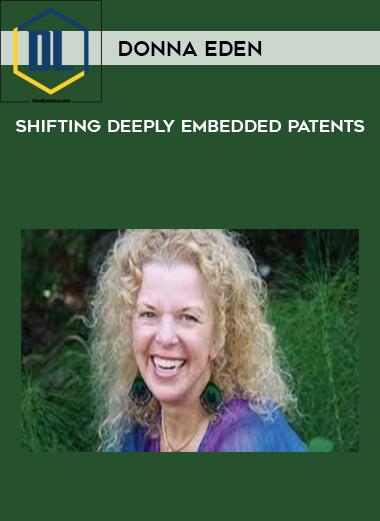-
×
 John Collins – Penis Enlargement Bible
1 × $15.00
John Collins – Penis Enlargement Bible
1 × $15.00 -
×
 Microsoft Excel: Business Intelligence w/ Power Query & DAX
1 × $7.00
Microsoft Excel: Business Intelligence w/ Power Query & DAX
1 × $7.00 -
×
 Jay Abraham – Creating Your Own Business Success
1 × $70.00
Jay Abraham – Creating Your Own Business Success
1 × $70.00 -
×
 Joseph Riggio – 7 Days to Genius – Make 2018 Your Best Year Ever GB
1 × $55.00
Joseph Riggio – 7 Days to Genius – Make 2018 Your Best Year Ever GB
1 × $55.00 -
×
 Jon Benson – VSL Fast Track 2018
1 × $48.00
Jon Benson – VSL Fast Track 2018
1 × $48.00 -
×
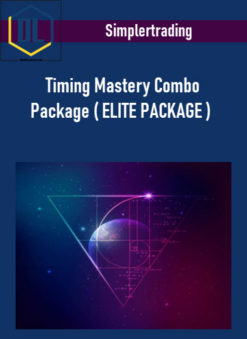 Simpler Trading – Timing Mastery Combo Package (ELITE PACKAGE)
1 × $77.00
Simpler Trading – Timing Mastery Combo Package (ELITE PACKAGE)
1 × $77.00 -
×
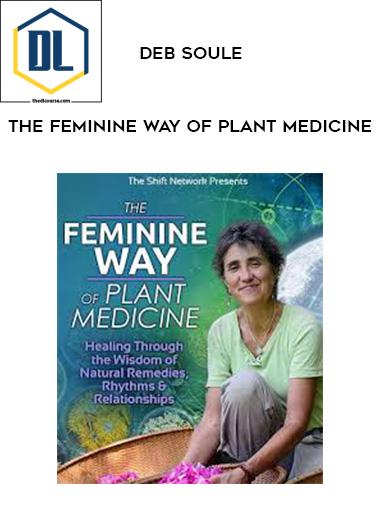 Deb Soule – The Feminine Way of Plant Medicine
1 × $87.00
Deb Soule – The Feminine Way of Plant Medicine
1 × $87.00 -
×
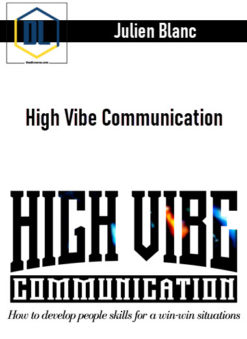 Julien Blanc – High Vibe Communication
1 × $9.00
Julien Blanc – High Vibe Communication
1 × $9.00 -
×
 Reedstrader – Reedstrader 101: Mechanical Trading Strategy Workshop
1 × $44.00
Reedstrader – Reedstrader 101: Mechanical Trading Strategy Workshop
1 × $44.00 -
×
 Bruce Whipple – QLA 7-Steps Deep Dive Boot Camp
1 × $66.00
Bruce Whipple – QLA 7-Steps Deep Dive Boot Camp
1 × $66.00
Buy With Coupon: DLC25 (-25%)
The Herbal Academy – Advanced Herbal Course
$1,497.00 Original price was: $1,497.00.$420.00Current price is: $420.00.
Product Delivery : Instant Deliver
SKU: KVKT11YN
Categories: Health & Lifestyle, Instant Delivery
Tags: Advanced Herbal Course, The Herbal Academy, The Herbal Academy – Advanced Herbal Course
Description
The Herbal Academy – Advanced Herbal Course
Salepage: The Herbal Academy – Advanced Herbal Course
There comes a time when a student of herbalism begins to ask: Have I found my life’s path? Have I found the trail I would like to follow further and explore as a means to sustain myself? Could these studies in fact enhance – or change the direction of – my career?
- Perhaps you already know your answer is a resounding YES!
- Perhaps you are still asking these questions.
- Perhaps you have completed our Online Introductory and Intermediate Courses in herbalism and are looking for more forward progress in your herbal practice.
- Perhaps you are already a registered herbalist and are looking for a means to further your professional development, at your own pace.
- Perhaps you are a healthcare professional looking to round out your skills with an understanding of the role that herbs have played across continents for generations and continue to play in supporting health and well being of the human biome, as well as the history of herbalism.
Regardless of your background, the Herbal Academy is here to help you take your studies to a professional level. We bring you a solid and challenging online multimedia Advanced Herbal Course. We have pooled together some of the most brilliant and well-known educators and authors, as well as clinical and folk herbalists from both the United States and abroad to teach you these lessons in advanced herbalism.
The Advanced Herbal Course Outline
UNIT 1: HERBAL WISDOM TRADITIONS AND HISTORY
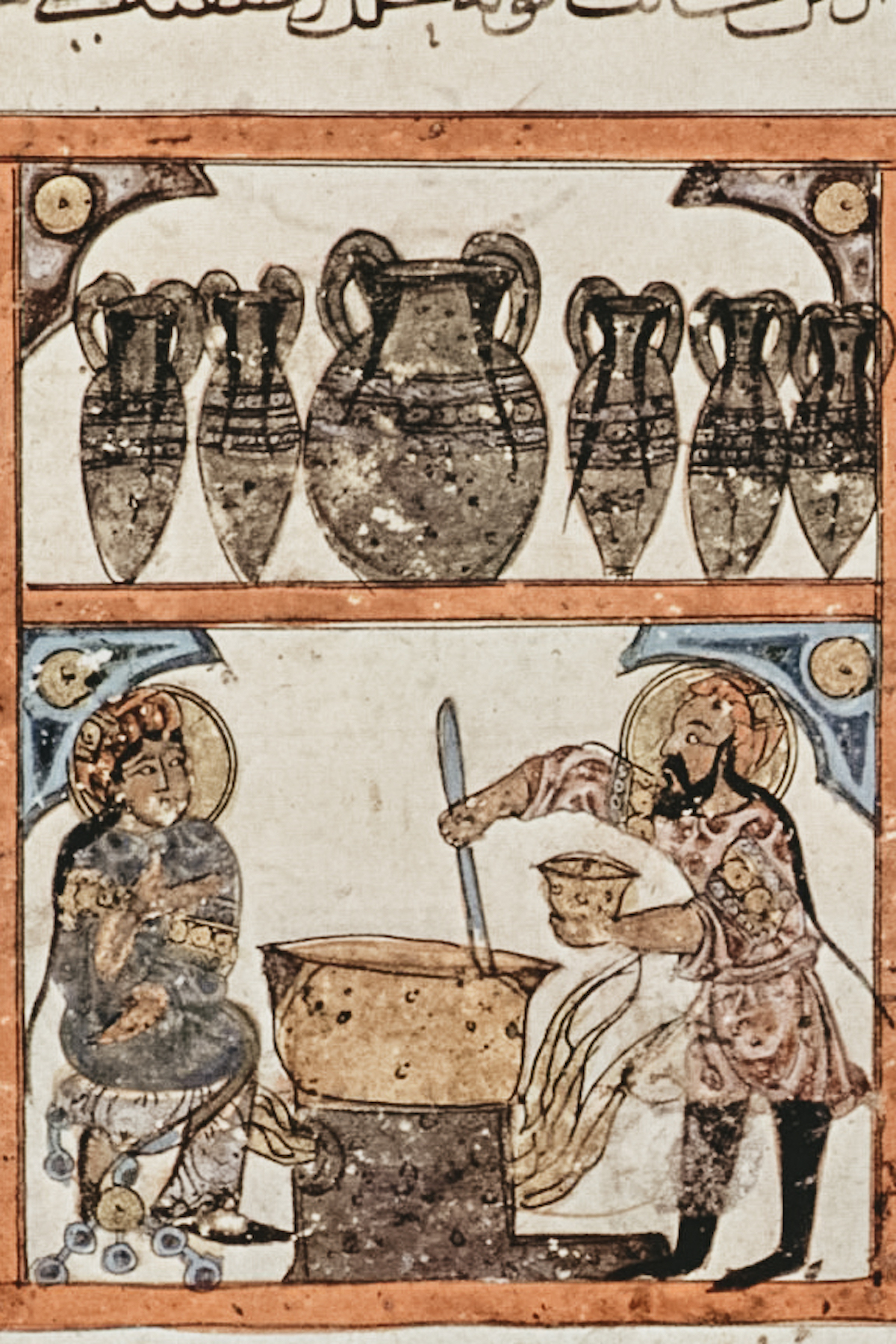
The Humoral System and Astrological Medicine; American Botanical Movement; Other American Botanical Traditions; Traditional Chinese Medicine; Ayurveda; Global Healing Traditions; Modern Allopathy and Holistic Healing
“We are not makers of history. We are made by history.” – Martin Luther King, Jr.
In honoring those who have come before us and paved the way for herbal healing into modern times, the course begins by setting the stage with the unfolding history and herbal wisdom traditions which have shaped Western Herbalism: from the rich historical knowledge developed within the humoral system of the ancient Greeks, traditional Chinese medicine, and Ayurveda; to the burgeoning discoveries of the American botanical movement in the New World as it was influenced by indigenous and European systems of healing; to the development of modern allopathy and then an awakening to the potential for a collaborative approach. The course explores the frames through which many cultures have integrated plants into a holistic approach to wellness, grounding our current and ever-expanding knowledge in all that has come before.
UNIT 2: BOTANY AND PHYTOCHEMISTRY
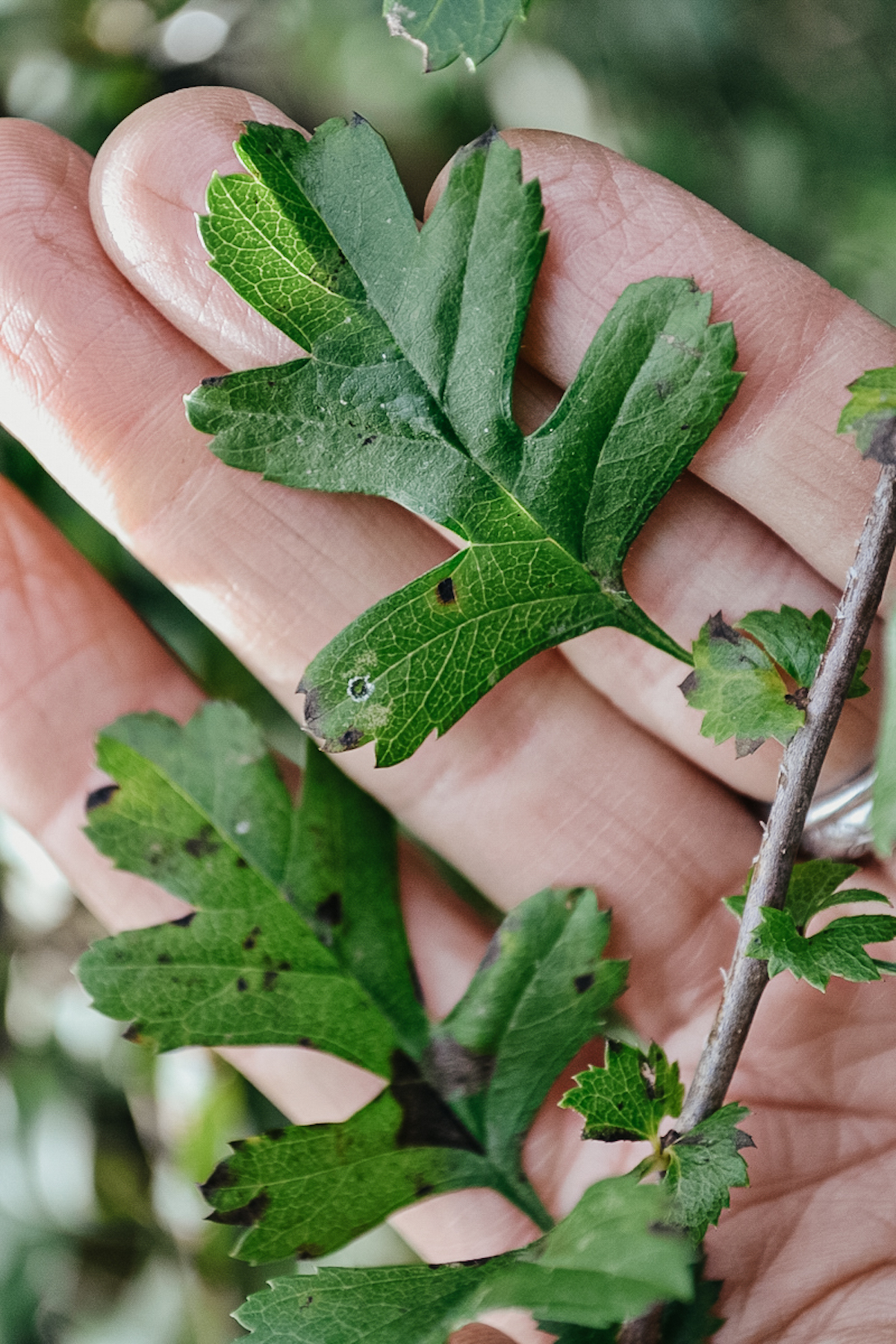
Plant Identification and Taxonomy; Plant Chemistry; Pharmacognosy and Pharmacology; Herb-Drug Interactions; How to Evaluate Scientific Research
This unit focuses on the hard sciences of botany, taxonomy, and pharmacology in order to prepare students of herbalism with the tools necessary to identify medicinal plants in the field, to understand and evaluate scientific research regarding phytochemistry and herb-drug interactions, and to celebrate the knowledge that scientific research brings to the traditions of herbalism. This unit will assist in bringing detail to our understanding of the intelligence of the plants themselves and how this intelligence communicates with that of the human body.
UNIT 3: MAKING AND SELLING HERBAL PRODUCTS
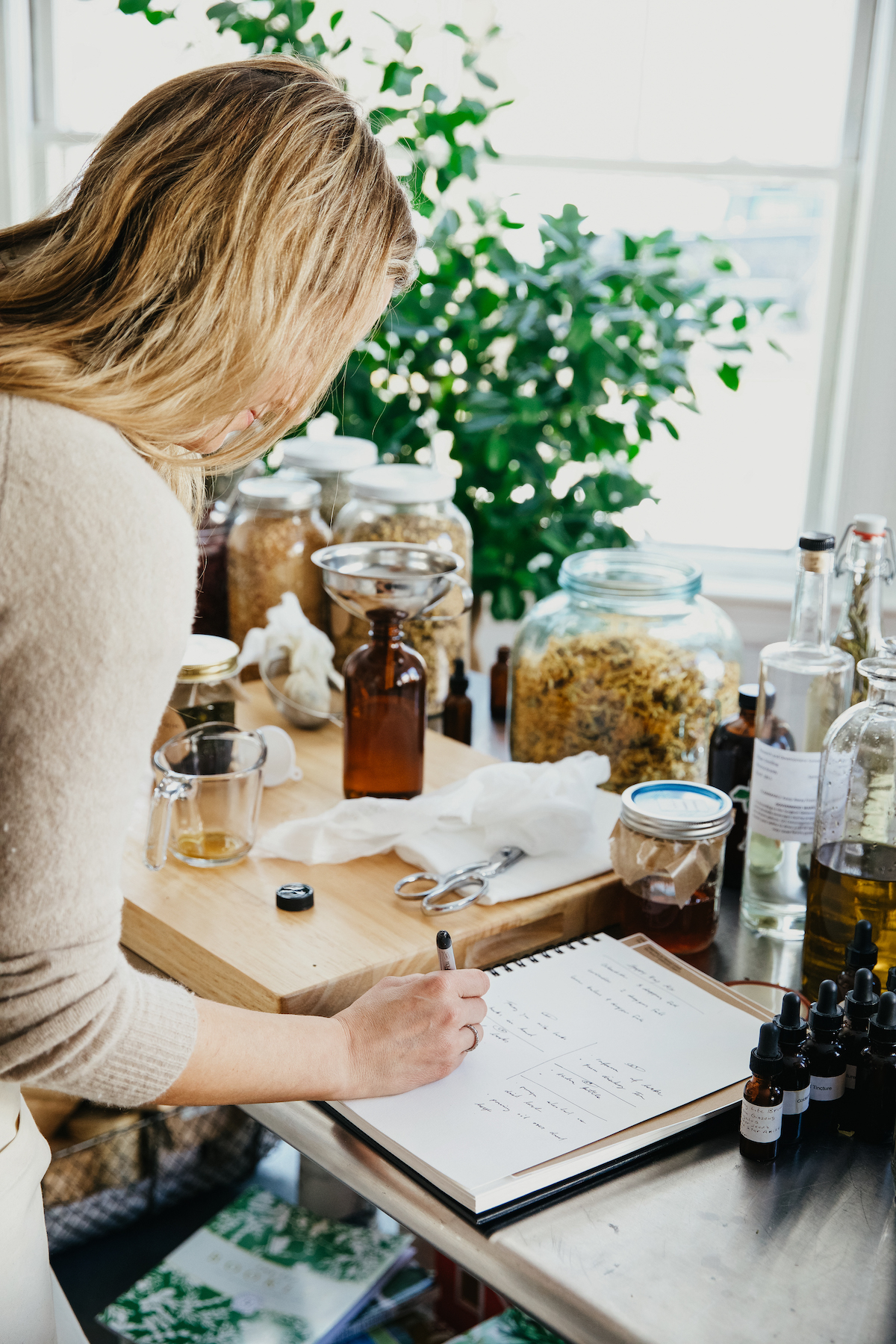
Sourcing Herbs and Ingredients for Medicine Making or Product Manufacture; Good Manufacturing Practices for Dietary Supplements (21 CFR 111); Labeling Herbal Products; Creating a Business and a Brand
This unit is geared for those who want to develop a herbal products business, and includes information on sourcing herbs sustainably, detailed guidance on complying with good manufacturing practices and legal requirements for labeling in the U.S., and helpful business advice on creating a brand from an herbalist who has done so successfully. The course will get you started in the right direction, giving you valuable information up front to help guide you through the process and save time, money, and frustration down the road.
UNIT 4: BLOOD, LYMPH, AND MUCUS MEMBRANES
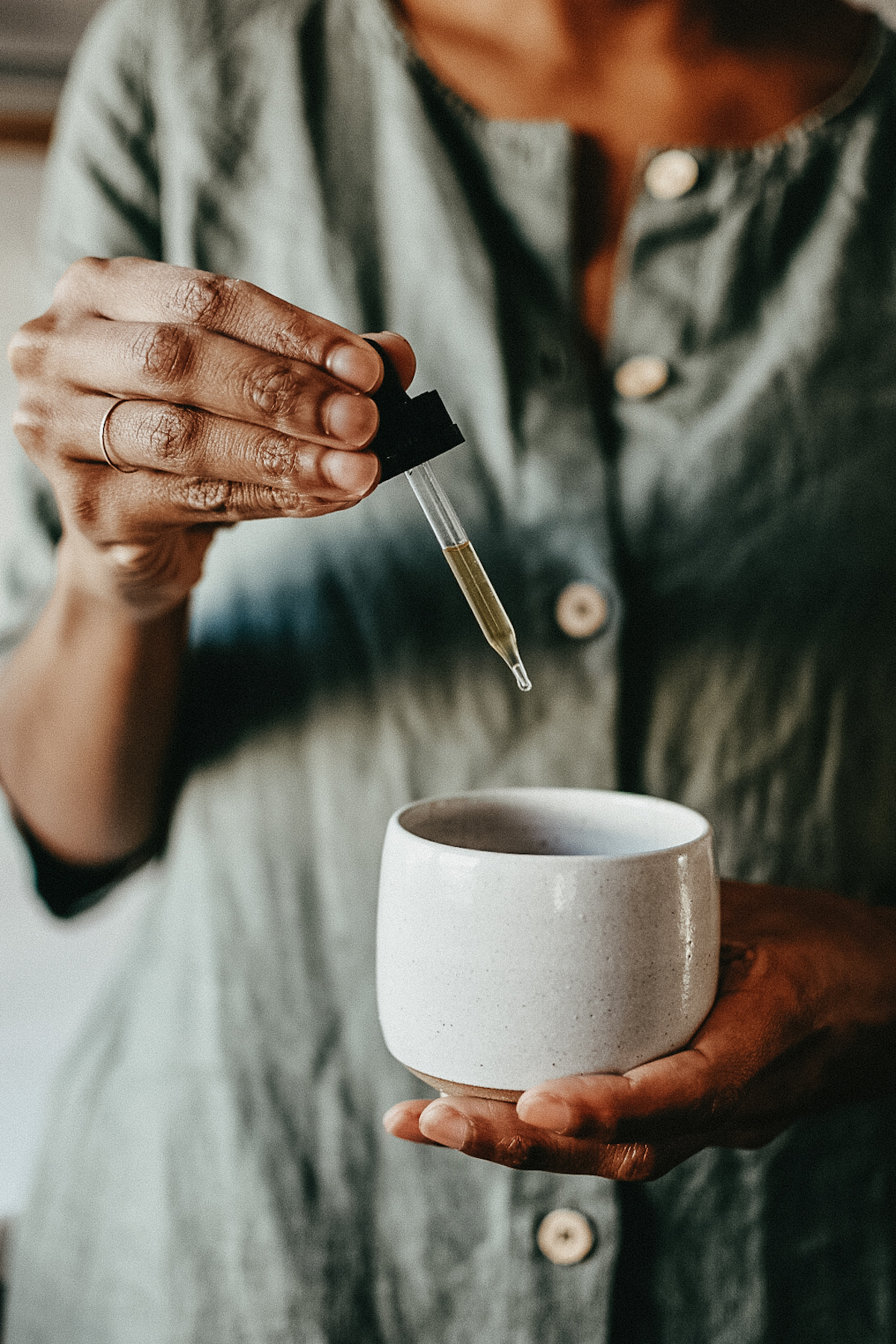 Anatomy Review; Hemodynamics and Blood Function; Lymphatic Physiology and Mucous Membrane Physiology; Common Conditions; Herbs and Healing; Case Study
Anatomy Review; Hemodynamics and Blood Function; Lymphatic Physiology and Mucous Membrane Physiology; Common Conditions; Herbs and Healing; Case Study
In addition to performing their own unique functions, the blood, lymph, and mucous membranes have in common the vitally important function of working in unison to defend your body from exposure to foreign elements. The mucous membranes cover all internal body surfaces that have direct exposure to elements of the outside environment. Along with the blood, the lymphatic system is responsible for herding immune cells quickly and efficiently towards invading pathogens. Recognizing common conditions that could compromise these systems is vitally important.
This unit explores the anatomy and physiology, common complaints, etiology of imbalances, and herbal therapeutic approaches appropriate for the blood, the lymph system, and mucous membranes.
UNIT 5: THE ENDOCRINE SYSTEM
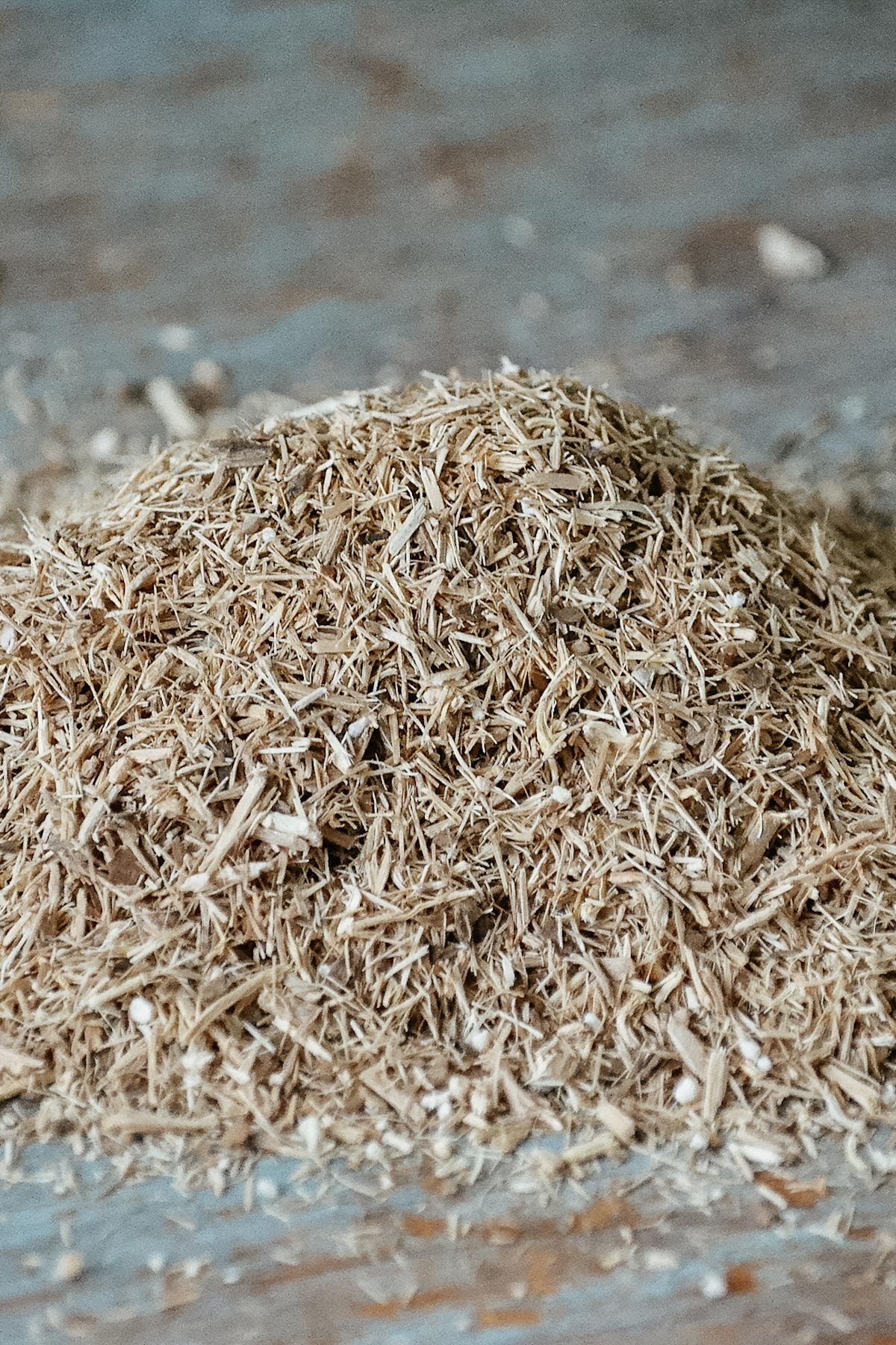
Anatomy: Major players and Messengers; Physiology: The Ultimate Messaging System; General Health and Wellness: Don’t Shoot the Messengers; Common Conditions of the Endocrine System
This unit explores the anatomy and physiology of the endocrine system, how to support the general health and wellness of this system, common complaints, etiology of imbalances, and conventional and herbal therapeutic approaches.
UNIT 6: MALE HEALTH AND WELLNESS
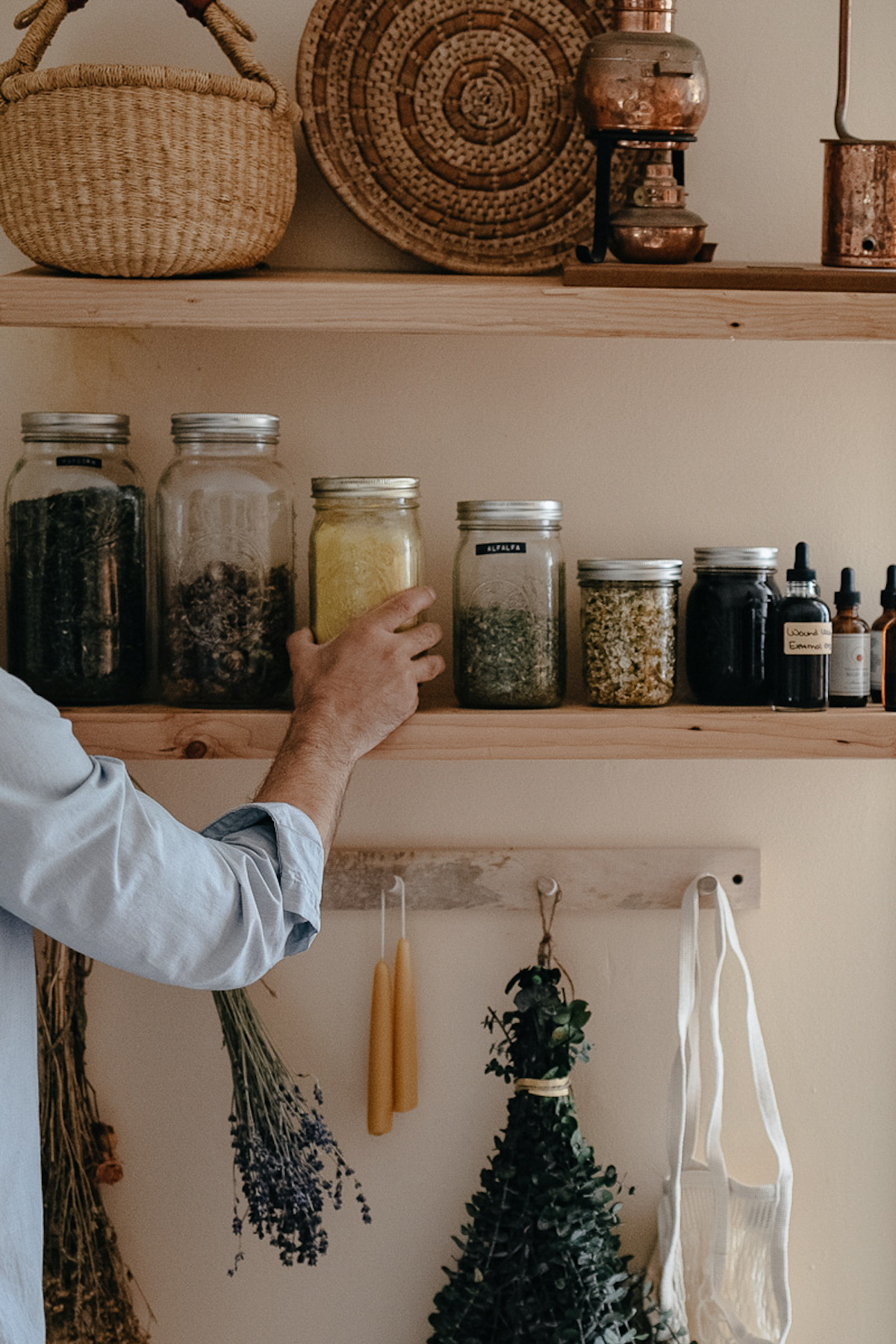 The Male Reproductive System; Boys: Youth through Puberty; Cultural and Social Aspects of Male Care; General Health Care; The Male Heart; The Prostate; Male Hormone Balance; Male Stressors and Other Common Complaints; Case Study
The Male Reproductive System; Boys: Youth through Puberty; Cultural and Social Aspects of Male Care; General Health Care; The Male Heart; The Prostate; Male Hormone Balance; Male Stressors and Other Common Complaints; Case Study
Unit 6 focuses on what it is like to live in the male body and how to care for it, beginning in this lesson with male anatomy and physiology of the reproductive system.
This unit takes a thorough look at the anatomy and physiology of the male reproductive system, heart, and prostate, and discusses general wellness support for both boys and men. This lesson also provides information on support for common physical and emotional imbalances men may experience.
UNIT 7: FEMALE HEALTH AND WELLNESS
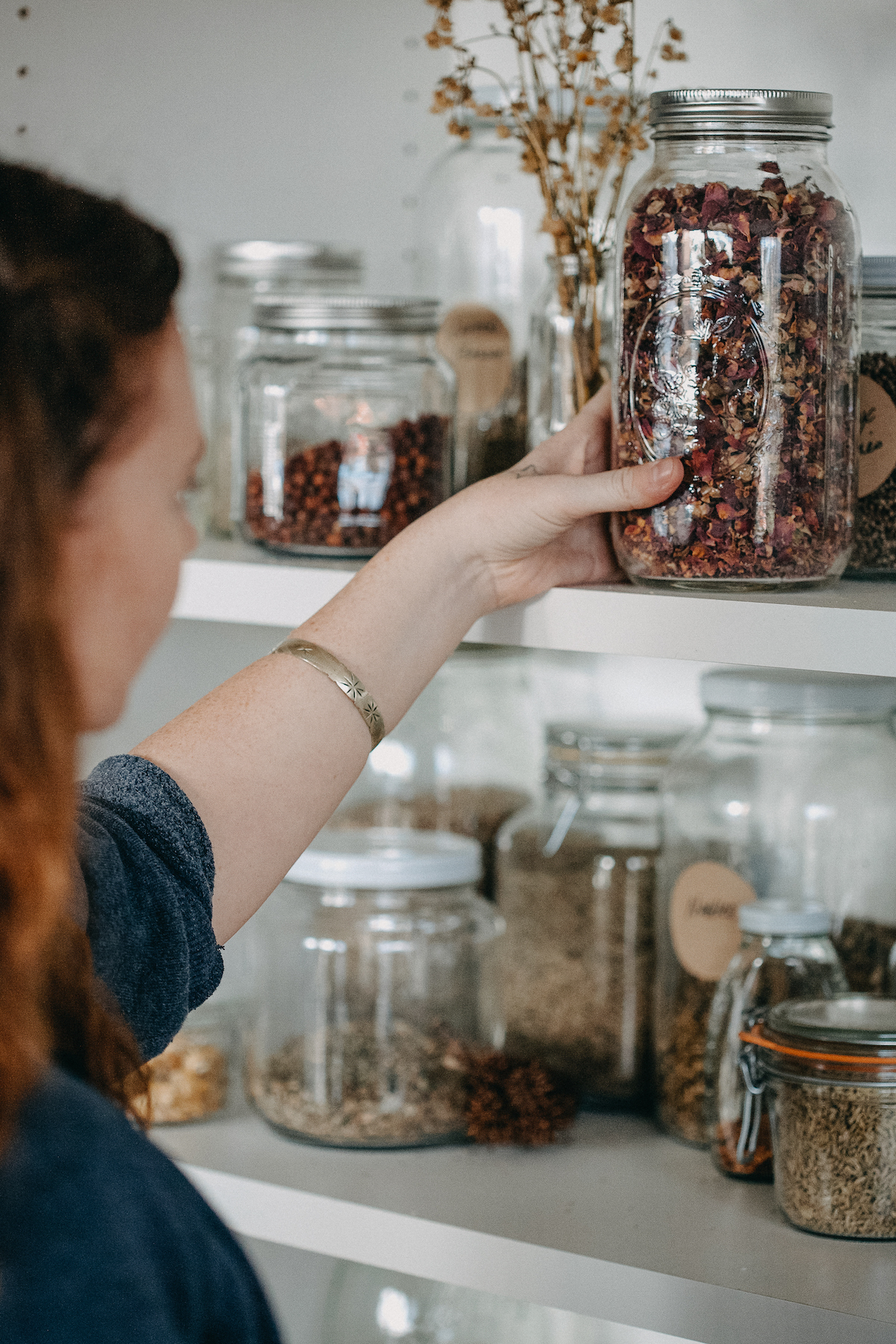
Menstrual Cycle and Reproductive Potential; Girls Wellness; The Psychology of Female Wellness; General Health Care for Women; Breast Health; Common Female Complaints; Fertility, Pregnancy, Miscarriage, and Birth; Managing the Menopausal Transition; Case Study
Cultivating sensitivity and openness to the diversity among humans and their bodies are essential skills for clinicians, and this is particularly true in developing clinical skills in supporting uterine-ovarian health in clients seeking herbal and nutritional care.
This unit takes a thorough look at the anatomy and physiology of the female reproductive system, and discusses general wellness support for both girls and women, provides information on support for common physical and emotional imbalances women may experience, support for breast health, fertility, pregnancy, miscarriage, and birth; and takes an in-depth look at the menopausal transition and herbal strategies for support.
UNIT 8: THE MUSCULOSKELETAL SYSTEM
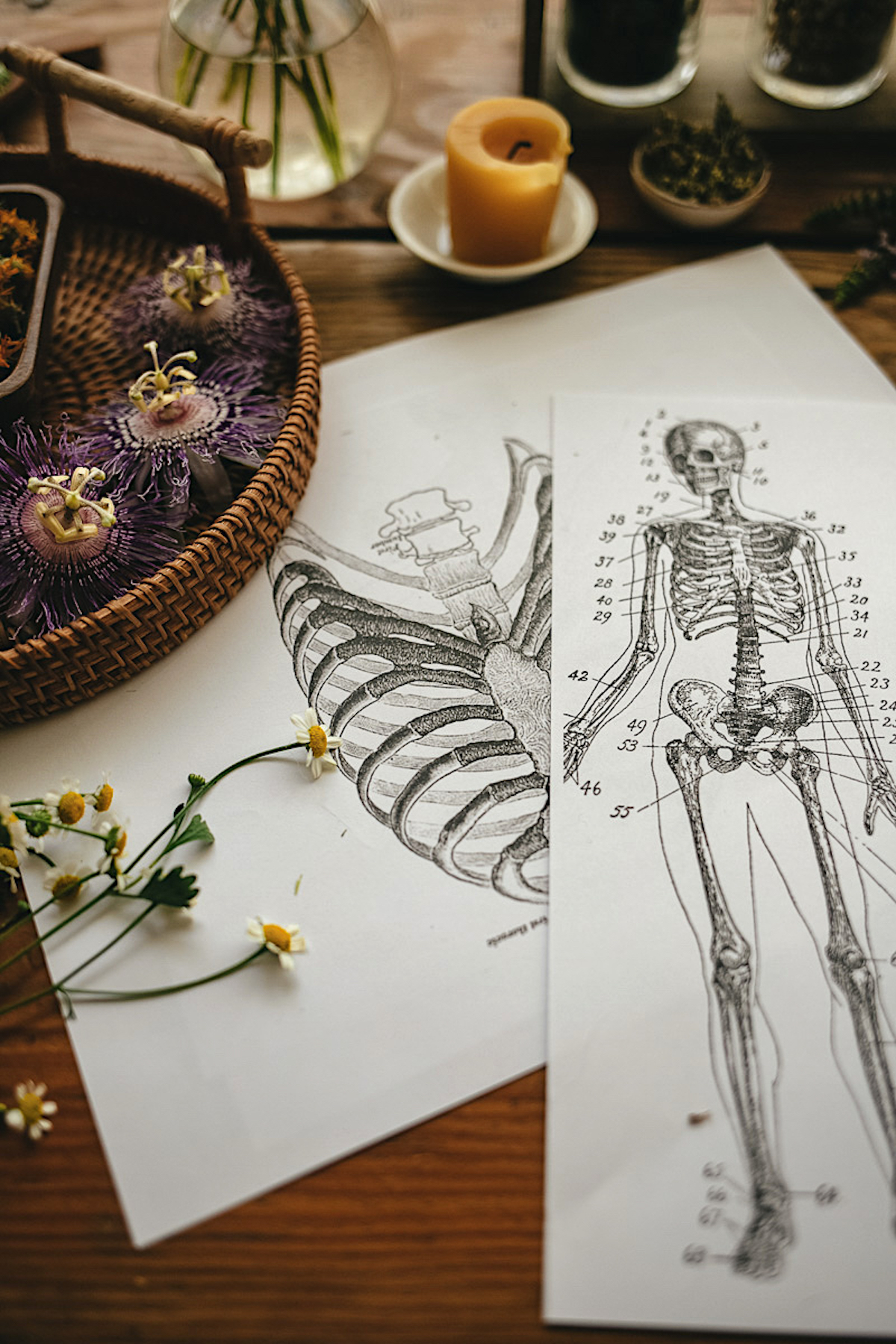
Anatomy and Physiology of Bones, Tendons, and Ligaments;Anatomy and Physiology of Muscles; General Health and Wellness of the Musculoskeletal System; Common Conditions and the Herbal Approach; Managing Pain; Case Study
Understanding the various ways that tendons, ligaments, connective tissues, and bone interact with the entire body can aid us in determining the best way to offer a full body support plan. Having a clear understanding of the bone’s role in the immune system and how these tissues are involved in body wide nutrient balance can offer a view of the overall health of the body system. With these tools, an herbalist can offer a more health and wellness-based protocol rather than one based on curing dis-ease.
This unit explores the anatomy and physiology of the bones, tendons, ligaments, and muscles of the musculoskeletal system; general health and wellness of this system; and investigates herbal support for common conditions as well as how to manage pain and inflammation associated with the musculoskeletal system.
UNIT 9: HEALTHY AGING WITH HERBS
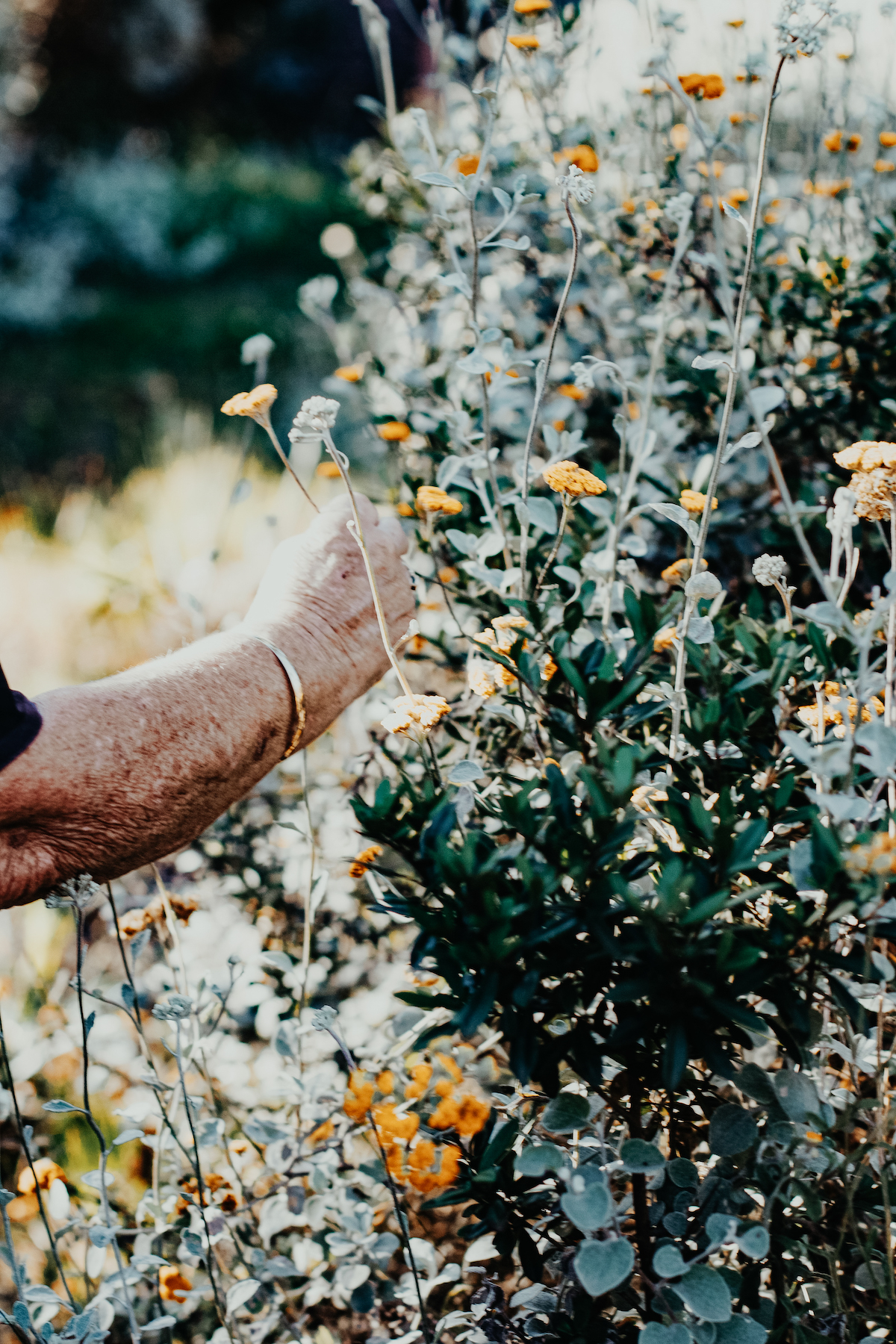
Longevity, Vitality, and Prevention; Working with Elders: Important Considerations; for the Herbal Consultation; The Aging Skin; Illness and Disease of an Aging Population
Imprinted on our DNA is the potential to survive. While our bodies eventually age and decay, our bodies still move through life with an impetus to move toward life, toward vitality and longevity. Immortality may never be our birthright—looking toward traditional viewpoints regarding the gifts and purpose of aging, any fountain of youth would be out of place. However, whatever our age or stage of life, we are able to employ specific lifestyle adaptations, dietary choices and health-supportive mindsets that can help us to avoid age-associated illness and disease and add vitality, wellness and enjoyment to our lives.
This unit discusses what it means to age, the energetics of aging, and herbal support for vitality in the aging process; takes a thoughtful look at important perspectives and considerations when conducting an herbal consultation with elders; looks at the anatomy, physiology, and herbal support for aging skin; and discusses common physical imbalances that accompany aging and herbal therapeutics to support them.
UNIT 10: WEIGHT MANAGEMENT FOR HEALTH AND WELLNESS
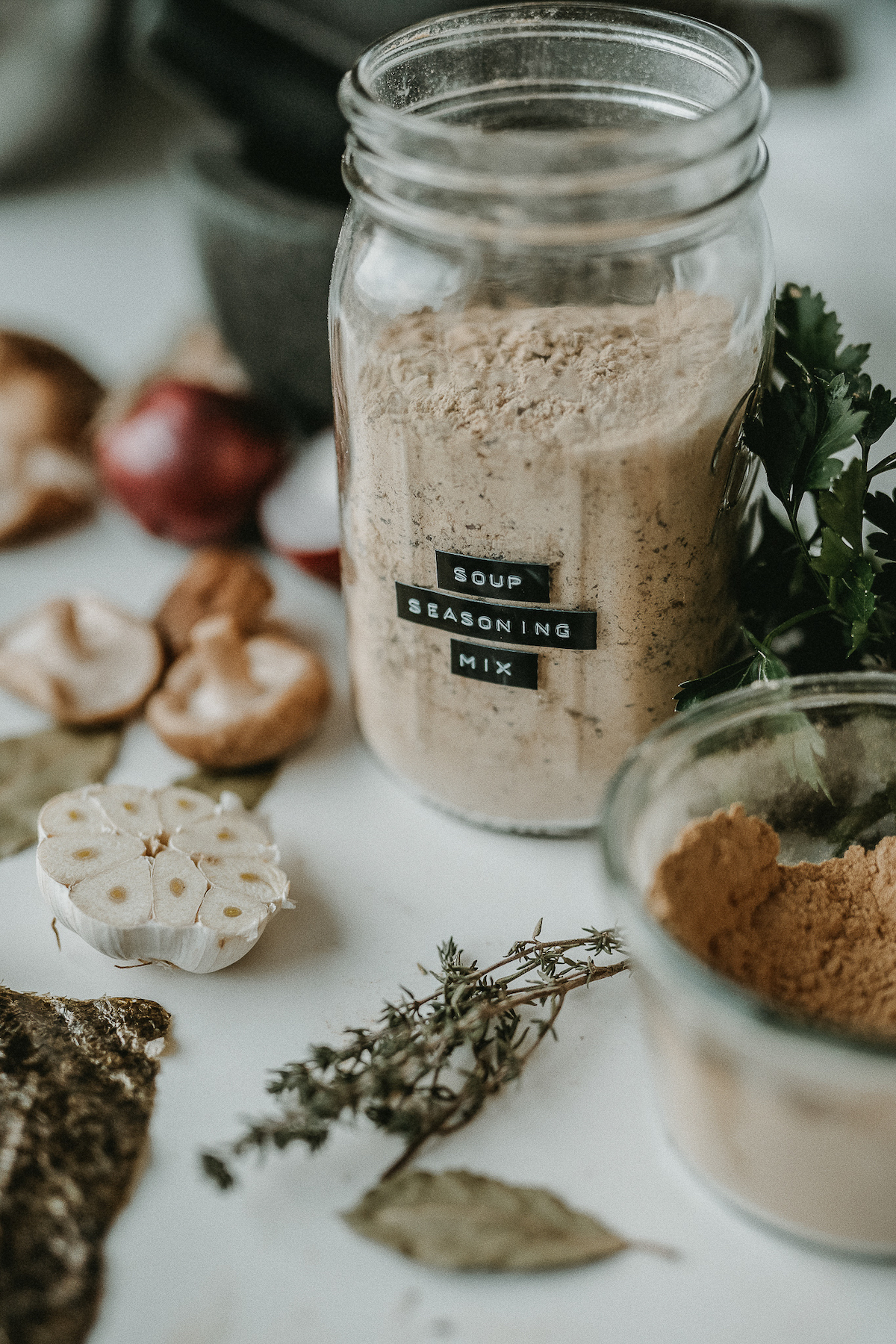
Overweight and Obesity; The Brain-Gut Connection and Psychology of Food; The Energetics of Food; Sugar; Common Food Allergies and Sensitivities; Fasting and Detox; Daily Living with Powerful Herbs; Dieting
Because nutrition is at the root of vibrant wellness, this unit dives into weight management for health, exploring the causes and effects of obesity, the fascinating brain-gut connection and energetics of food, the effect of sugar on the body, understanding food allergies and food sensitivities, and supporting a return to optimum body function via fasting and detox, healthy dieting, and integration of herbs into the daily diet.
By taking a holistic wellness approach with clients and focusing on health rather than weight, herbalists can teach that weight is only one component of health. It might be difficult to advance this philosophy what with the entrenched media, stereotypes, and what our society thinks we know of weight and obesity, but our clients will appreciate it and benefit.
UNIT 11: HEALING
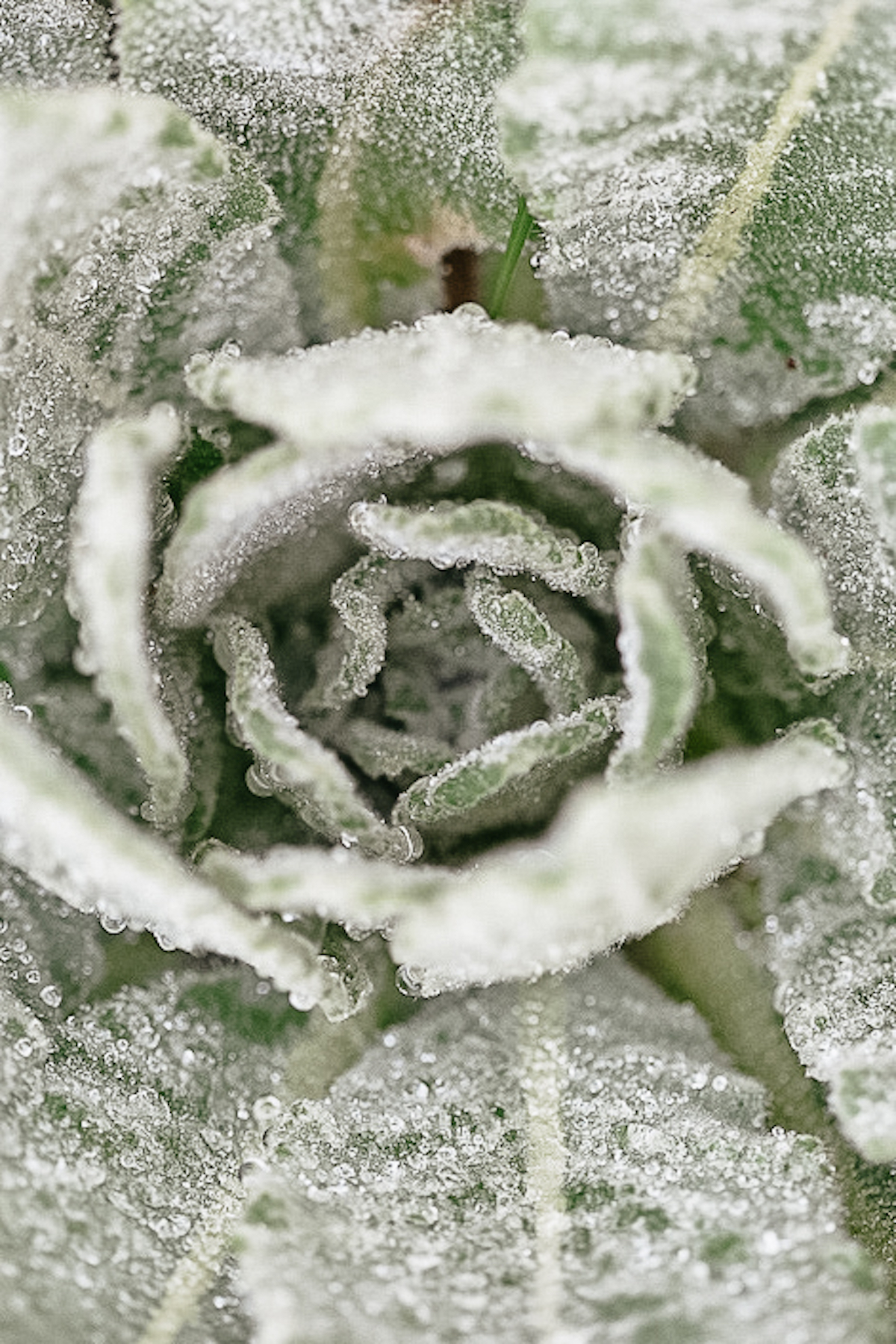
The Nature of Healing; The Mind-Body Connection; Reaching the Spirit; Aromatherapy
Take a broad look at some of the determinants which influence the nature of healing. While healing is dynamic and looks different for each individual, there are basic similarities in our wellness needs. Healing involves engaging the mind, body and spirit. There is value in connection – to our own thought processes, to humanity, and to the natural world. The beauty of working with herbs along this path is that the very nature of herbalism connects us to resources and experiences that support healing on all of these levels.
This unit explores the nature and philosophy of physical and emotional healing, the importance of the mind-body connection and how it is understood in different systems of healing, how emotional conditions affect physical health and ways to reach the emotional body or spirit, and a thorough look at aromatherapy and how to use essential oils for healing.
UNIT 12: ASSESSMENT AND HERBAL THERAPEUTICS

Assessing the Body; Clinical Intake; Advanced Formulation
The good herbalist is the one who differentiates between one person and the next and learns to set the profile of the herb in the person or the disturbance. Each person is different and we need to accommodate ourselves to them and understand their differences. Evaluation is a long and difficult education, but don’t worry! Take every chance to learn.
This unit explores the practical skills of assessing the body using energetic and tissue state frameworks, tongue, face, and pulse assessment techniques, the clinical intake process, and advanced formulation of herbal remedies. Using this guidance and practice, you’ll learn to develop your own evaluation style.
UNIT 13: BECOMING AN HERBALIST
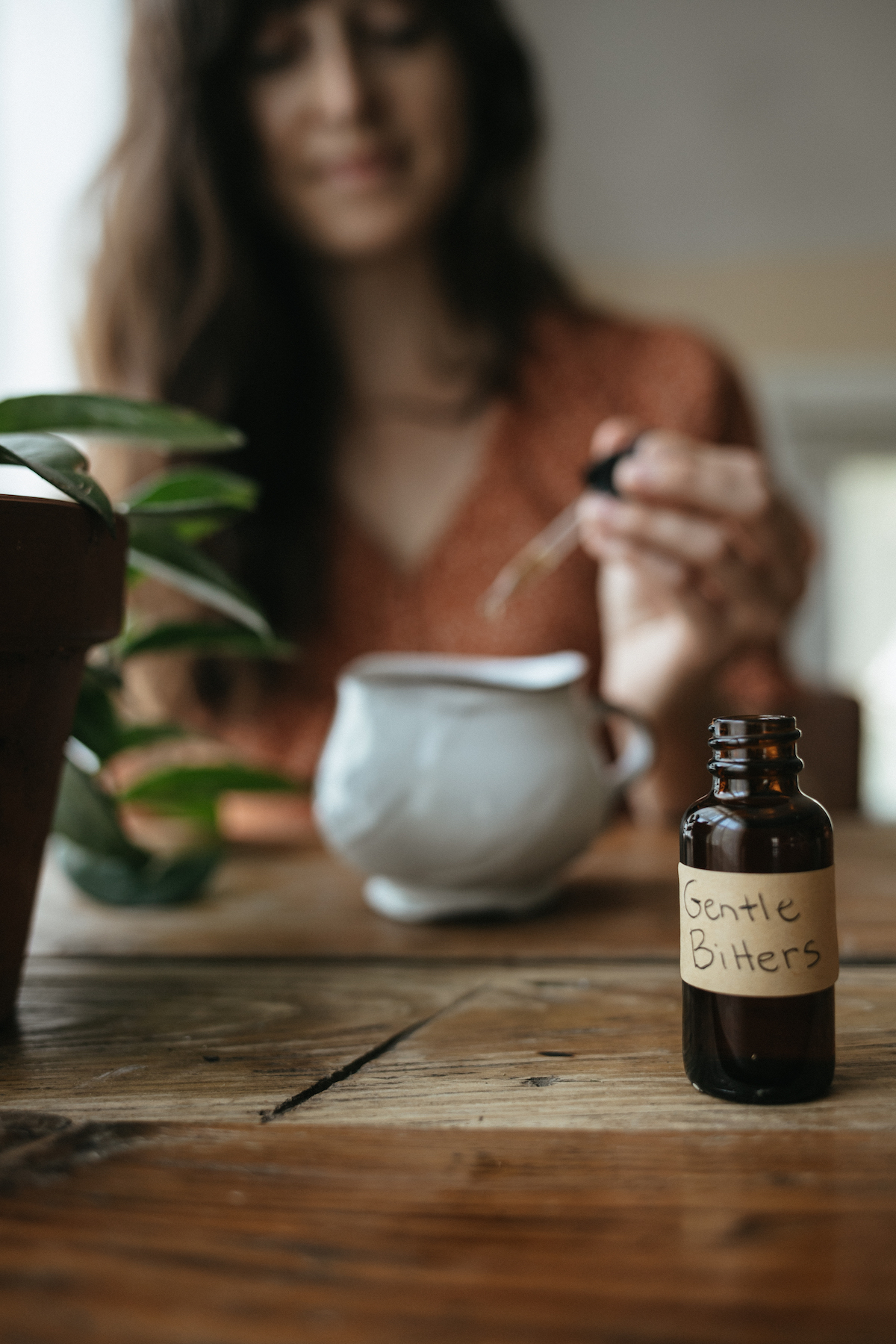
Defining your Path; Receiving Clinical Training and Experience; Cultivating a Healing Presence; Continuing to Grow; Useful Resources and Organizations
As an herbalist, your path will evolve over time. One of the most beautiful things about herbalism is the way that each individual is able to express themself through their practice. There are many different ways to be an herbalist, and each person has different strengths, interests, and preferences that become an integral part of their path.
This unit explores how to define your path as an herbalist, how to seek and receive additional clinical training and experience, how to cultivate an authentic healing presence and communicate that to your clients, and how to continue to grow your skillset throughout your career.
UNIT 14: YOU ARE AN HERBALIST
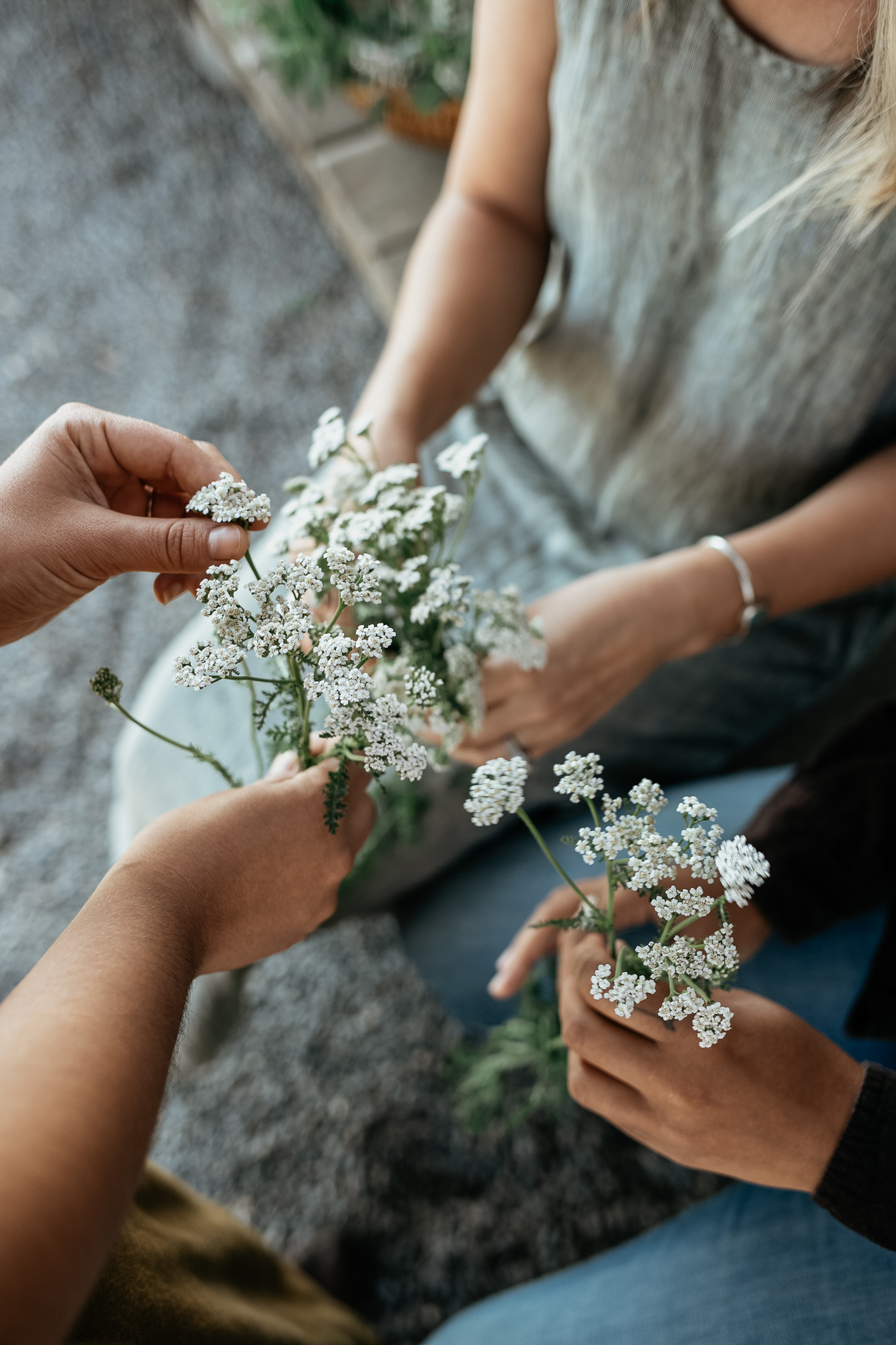
Introduction to Clinical Practice; Herbalism and the Law; Client Records and Confidentiality; The Client/Practitioner Relationship
Now that you have gotten your feet wet with key aspects of clinical training and practice, it’s time for the fun part: envisioning and creating your own herbal practice! If you already have an herbal practice in place, let this lesson be an inspiration for ways you may adapt or improve your practice. This is the time to put a lot of your actual herbal training aside for a bit and focus on the ideal business you’d like to create for yourself and how to put it together.
This unit will help you gain an understanding of what a clinical practice entails, how to acquire clinical training, what your legal responsibilities are, and how to run a practice, from keeping client records to developing intake procedures, and cultivating effective working relationships with your clients.
Readmore about: The Herbal Academy
Proof:

Delivery Policy
When will I receive my course?
You will receive a link to download your course immediately or within 1 to 21 days. It depends on the product you buy, so please read the short description of the product carefully before making a purchase.
How is my course delivered?
We share courses through Google Drive, so once your order is complete, you'll receive an invitation to view the course in your email.
To avoid any delay in delivery, please provide a Google mail and enter your email address correctly in the Checkout Page.
In case you submit a wrong email address, please contact us to resend the course to the correct email.
How do I check status of my order?
Please log in to TheDLCourse account then go to Order Page. You will find all your orders includes number, date, status and total price.
If the status is Processing: Your course is being uploaded. Please be patient and wait for us to complete your order. If your order has multiple courses and one of them has not been updated with the download link, the status of the order is also Processing.
If the status is Completed: Your course is ready for immediate download. Click "VIEW" to view details and download the course.
Where can I find my course?
Once your order is complete, a link to download the course will automatically be sent to your email.
You can also get the download link by logging into your TheDLCourse account then going to Downloads Page.
Related products
-69%
-86%
-74%
-82%
-50%
Donna Eden with David Feinstein – The Energies of Love: The Invisible Key to Fulfilling Relationship
-23%
-73%





